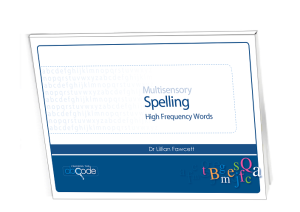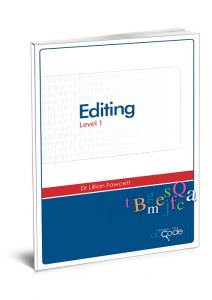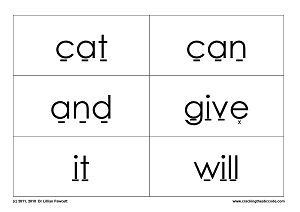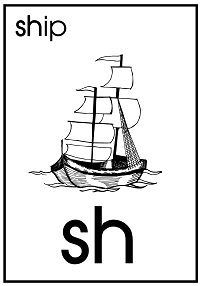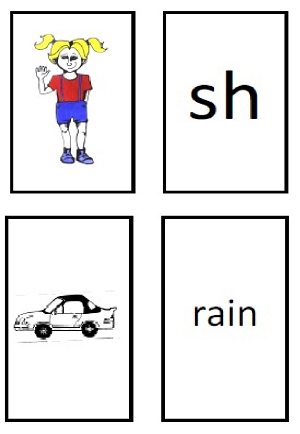Below is a sample of the Chunking for Decoding section of the Cracking the ABC Code Multisensory Reading Program Level 2
The ability to quickly and accurately break words into syllables is a key component of proficient reading (see Diliberto, Beattie, Flowers & Algozzine, 2009). However, traditional rules for syllabification can be quite complex.
- This section introduces students to a simplified method for breaking words into manageable chunks, thereby reducing the load on working memory.
- Nonsense words are used to give students practise in the skill of rapidly breaking words into chunks and recognising graphemes.
- As a result, students are better able to rapidly and accurately decode unfamiliar words.
- In contrast, if real words are used, students tend to rely on their visual memory of the total word rather than the smaller components within the word.
- As each word is unique, no transference to unknown words is possible.
1. Each nonsense word is composed of the grapheme from the previous week plus graphemes from previous units.
- This constant exposure to the graphemes in different contexts further reinforces the learning and retention of sound-symbol relationships.
2. Students are to read one column each day.
- The first 2 words of each column have already been chunked.
- Students are to draw in the dividing line for the remainder of the words.
- It is important that students decode and read each chunk before drawing in the next lines, dot and joins.
- As students become more competent in the process, they can be encouraged to mentally break the words into the chunks and combine the sounds mentally before reading the chunk out loud.
3. Each column contains one real word which students attempt to locate.
Rapid Decoding
- At the bottom of each page are some rapid decoding activities. These are designed to improve the student’s ability to rapidly decode letter strings containing the graphemes being learned.
Reference
Diliberto, J., Beattie, J., Flowers, C., & Algozzine, R. (2009). Effects of teaching syllable skills instruction on reading achievement in struggling middle school readers. Literacy Research and Instruction, 48,14-28.

Click on the images to purchase.









